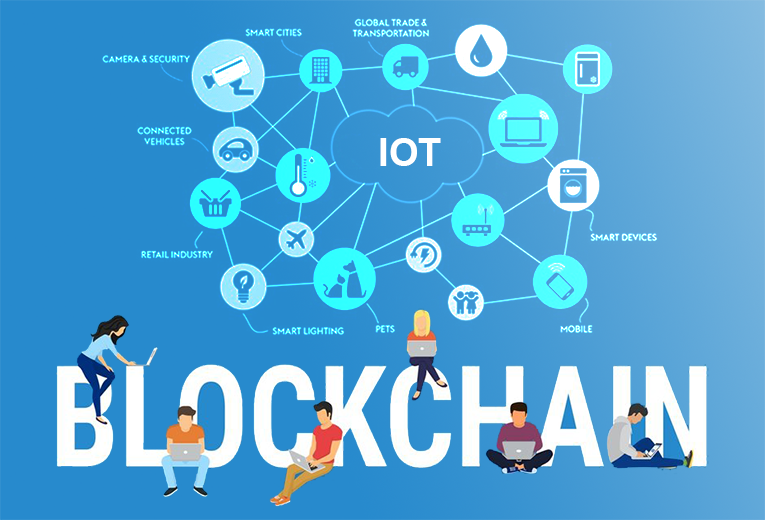It’s been a while since I last posted here. Sorry, but other areas of life required more attention for the last few weeks.
Let’s dive right in…
I’ve been following blockchain and emerging forms of distributed ledgers recently. I expect crypto blockchain to continue to boom for years with the various applications being introduced.
That said, I wanted to talk about how an Industrial IoT and blockchain integration could become the standard in years to come.
But first, let’s give a quick overview of what Industrial IoT and blockchain are:
Industrial IoT (IIoT) – The interconnection of sensors, computers, and devices to continuously send and receive data for use in industrial applications (e.g., manufacturing, transportation, and energy management).
Blockchain – Cryptographically linked transactions that are linked together in a decentralized system to form a verifiable chain of trust among all connected nodes.
How blockchain can improve IIoT
In essence, a blockchain-IIoT merger would translate to a more secure, instantly verifiable, and immutable record of data being sent among all devices in a network. The network of devices would be able to communicate with the environment and collectively make decisions without any human interaction.
Security is the main risk factor in IIoT that blockchain would improve
Intelligent devices in industrial applications send vast amounts of data that could leave companies vulnerable. Supply chains can be realized by malicious users and that information could be leveraged to exploit weaknesses.
Intruders can also improperly connect or verify within a network, leading to much concern.
Blockchain can be used to manage access to data among devices, which would add an additional layer of security to the network. All devices would verify each data transmission based on the series of data links before.
Single-point failures would also become non-existent since the network would be decentralized with no higher authority to be mocked.
Ability to easily become fully automated
Since there is no centralized authority, no outside node would be able to inject data into the transaction list without gaining write-access to the entire chain.
This would require the outsider to acquire the secure private key of the device. But additionally, all other devices would need to verify the information if a private key was maliciously secured. Previous data transmission could not be manipulated.
Devices would record and maintain every transaction within the network. This would remove the need for any human oversight.
Companies already integrating blockchain into IIoT
IBM Watson Internet of Things:

Freight transportation – IBM introduced an IoT-enabled blockchain for their freight transportation. This supply chain can monitor the temperature, location, and availability of shipping containers using a trustworthy distributed system.
Component tracking – The ability to track all components in their automotive vehicles and aircraft while maintaining a shared ledger so shipping companies and manufacturers can fully track and optimize components every step of the way.
Bosch XDK Sensors:

Bosch announced that its intention to use their XDK sensors (currently used for communication in IIoT networks) with the IOTA distributed ledger to create a more secure, encrypted communication channel within an IoT network. IOTA’s Tangle system is a secure method of organizing data and confirming transactions among all verified nodes.
This sensor data utilizing IOTA’s Tangle will prove to be a more secure method of reporting network environmental conditions using Bosch’s sensors. The data being reported to IoT devices will have an added layer of security without a need for human verification.
This is one additional innovative step for Bosch’s IIoT sensors to help the industry continue to become “smarter”.
Wrapping it up
Well, those are my thoughts from what I’ve read about blockchain fusing with IoT. I, personally, would love to see how more companies will start to adopt decentralization and use crypto ledgers to promote their security and autonomy. I think we should start to see this become a widespread adoption very soon in the IIoT world.

